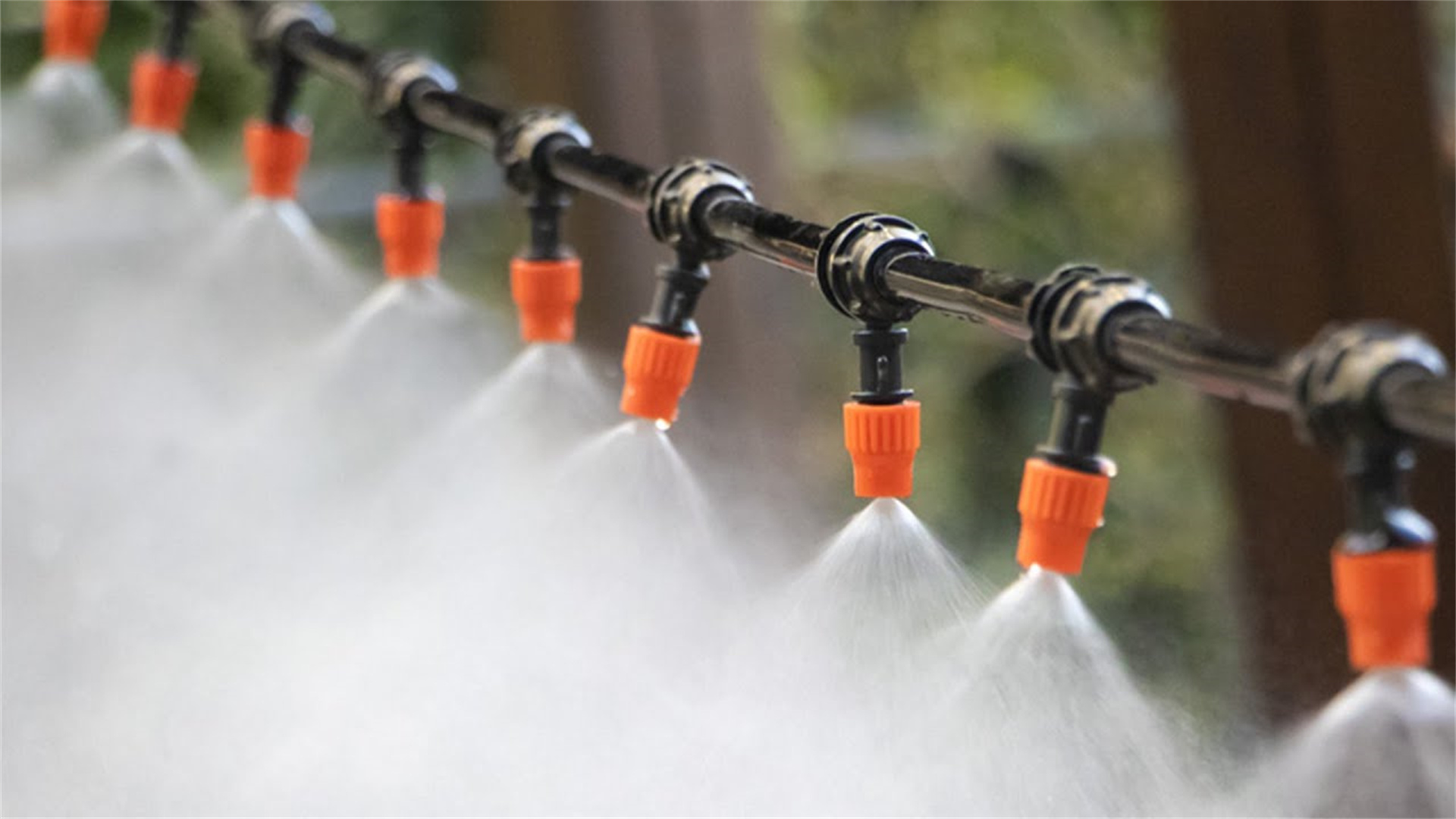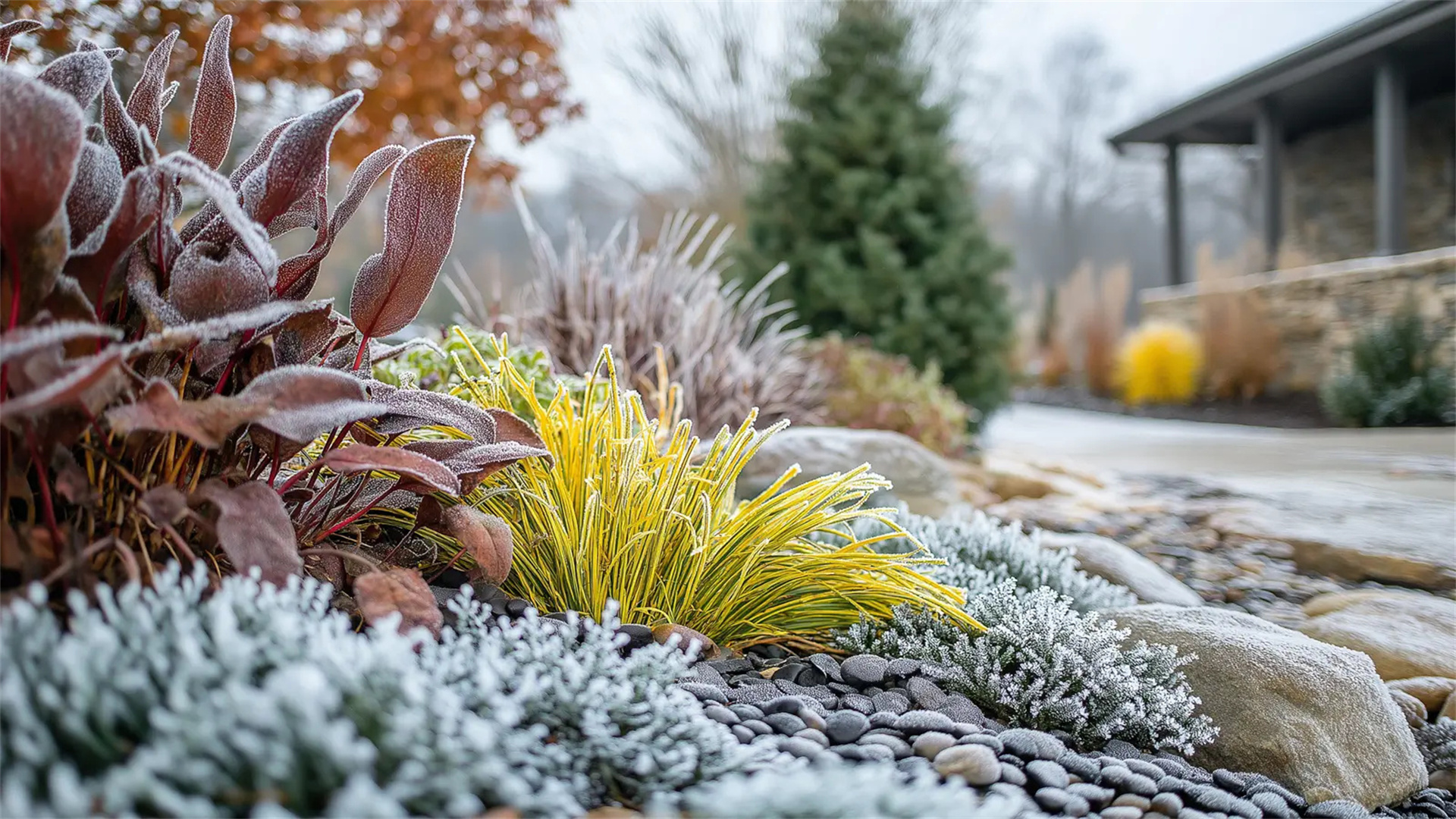12 Surprising Tips for Effortless and Effective Lawn Mowing
A lush, vibrant lawn can transform any home’s exterior into a beautiful, welcoming space. However, achieving that pristine, green lawn requires more than just watering and fertilizing. Mowing is an essential part of lawn care that helps maintain the health and appearance of your yard. But lawn mowing isn’t as simple as just pushing a mower back and forth—it involves technique, timing, and using the right tools. These 12 expert lawn mowing tips will not only help you achieve a healthy and manicured lawn but also make the process easier and more enjoyable.
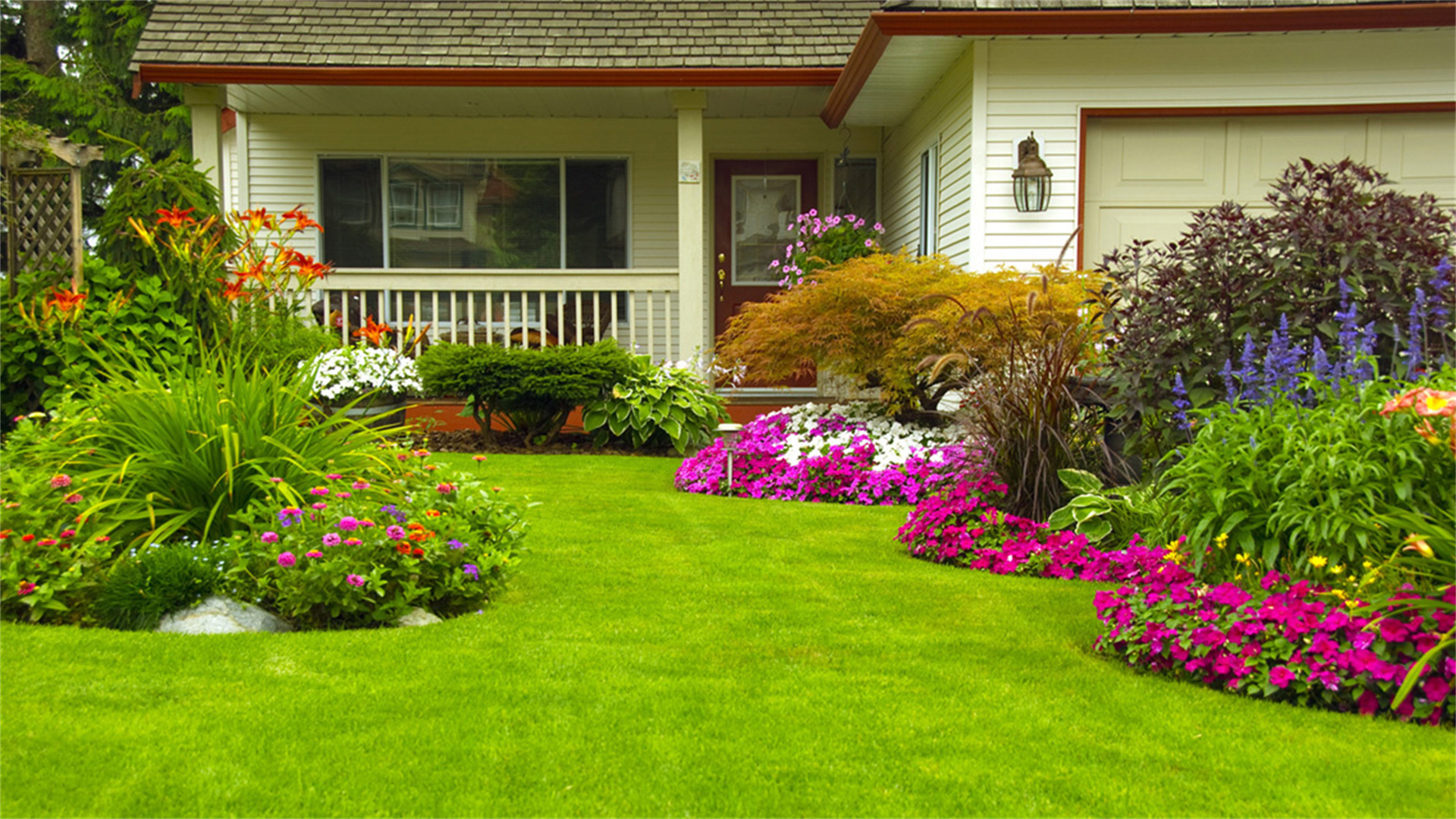
1.Select the Right Mower for Your Lawn
Choosing the right lawn mower is the foundation of maintaining a beautiful lawn. The mower you select should depend on the size, shape, and terrain of your lawn. For small, flat lawns, a push mower is often the best choice. It’s lightweight, easy to maneuver, and gives you full control over the cutting process. Push mowers are ideal for precision cuts in smaller areas, and they provide excellent exercise, too.
For larger lawns, especially those with hills or uneven terrain, a self-propelled mower or ride-on mower will save you time and energy. Self-propelled mowers are equipped with wheels that move on their own, making them easier to use on slopes or expansive lawns. If your lawn spans several acres or has more complicated terrain, investing in a ride-on mower can make the job much quicker and less strenuous, letting you cruise through large areas with ease. Look for mowers with adjustable cutting heights so you can customize the mowing height based on the season and your grass type.

2. Regular Mower Maintenance Keeps It Running Smoothly
A well-maintained mower is key to achieving a clean and efficient cut. Regular maintenance not only improves the performance of your mower but also prolongs its lifespan. Before each mowing season, follow these steps to ensure your mower is in optimal working condition:
* Clean the mower deck regularly to remove grass clippings and debris. A clogged mower deck can reduce the mower's efficiency and create uneven cuts.
* Check and change the oil to prevent engine damage. Old or low oil can cause the engine to overheat and malfunction.
* Sharpen the blades to ensure a clean, precise cut. Dull blades tear the grass rather than slicing it cleanly, which can leave your lawn vulnerable to disease and pests.
* Inspect the air filter to ensure it’s not clogged with dust or debris, which can affect engine performance.
* Check the mower’s tires and wheels to ensure they are properly inflated and functioning. Uneven or flat tires can make mowing uneven, leading to poor results.
These maintenance practices ensure that your mower runs efficiently and that mowing becomes easier with each session.
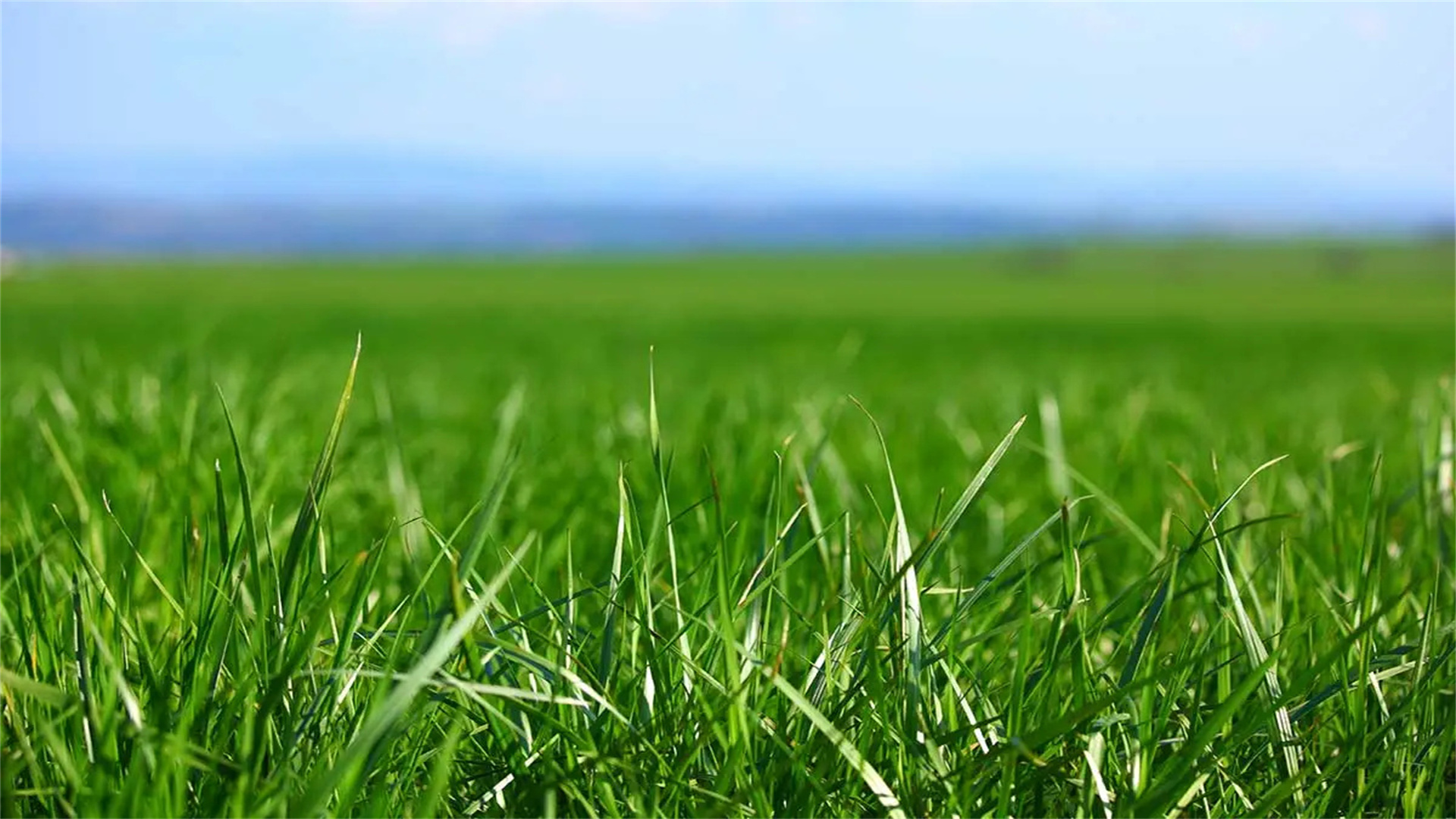
3. Follow the One-Third Rule to Protect Grass Health
A vital principle in lawn care is the One-Third Rule, which states that you should never cut more than one-third of the grass blade’s length at once. This rule helps keep the grass healthy and stress-free, as cutting too much at once can shock the plant and make it more susceptible to heat, pests, and diseases. For instance, if your grass grows to 6 cm, mow it down to about 4 cm. By sticking to this rule, you’ll allow the grass to maintain its strength, and its roots will stay well-nourished. This simple approach will not only promote stronger growth but also help your lawn recover faster between mowing sessions.
In addition, adhering to the One-Third Rule encourages a healthier root system by preventing over-exposure to the sun. The taller grass will shade the soil, keeping it cooler and more resistant to weed growth.
4. Mow When Grass Is Dry for Better Results
Mowing dry grass offers several benefits over mowing wet grass. First, dry grass is easier to cut cleanly, reducing the risk of clumping and leaving your lawn looking untidy. Wet grass tends to stick to the mower’s deck, clogging the blades and making it difficult to mow efficiently. Additionally, wet grass may lead to uneven cuts, creating patches of longer and shorter grass that ruin the uniformity of your lawn.
If your grass is wet due to dew, rain, or irrigation, it’s best to wait until it has dried out before mowing. You’ll not only get a cleaner, more precise cut, but you’ll also prevent clumping and help your lawn look sharp and professional.
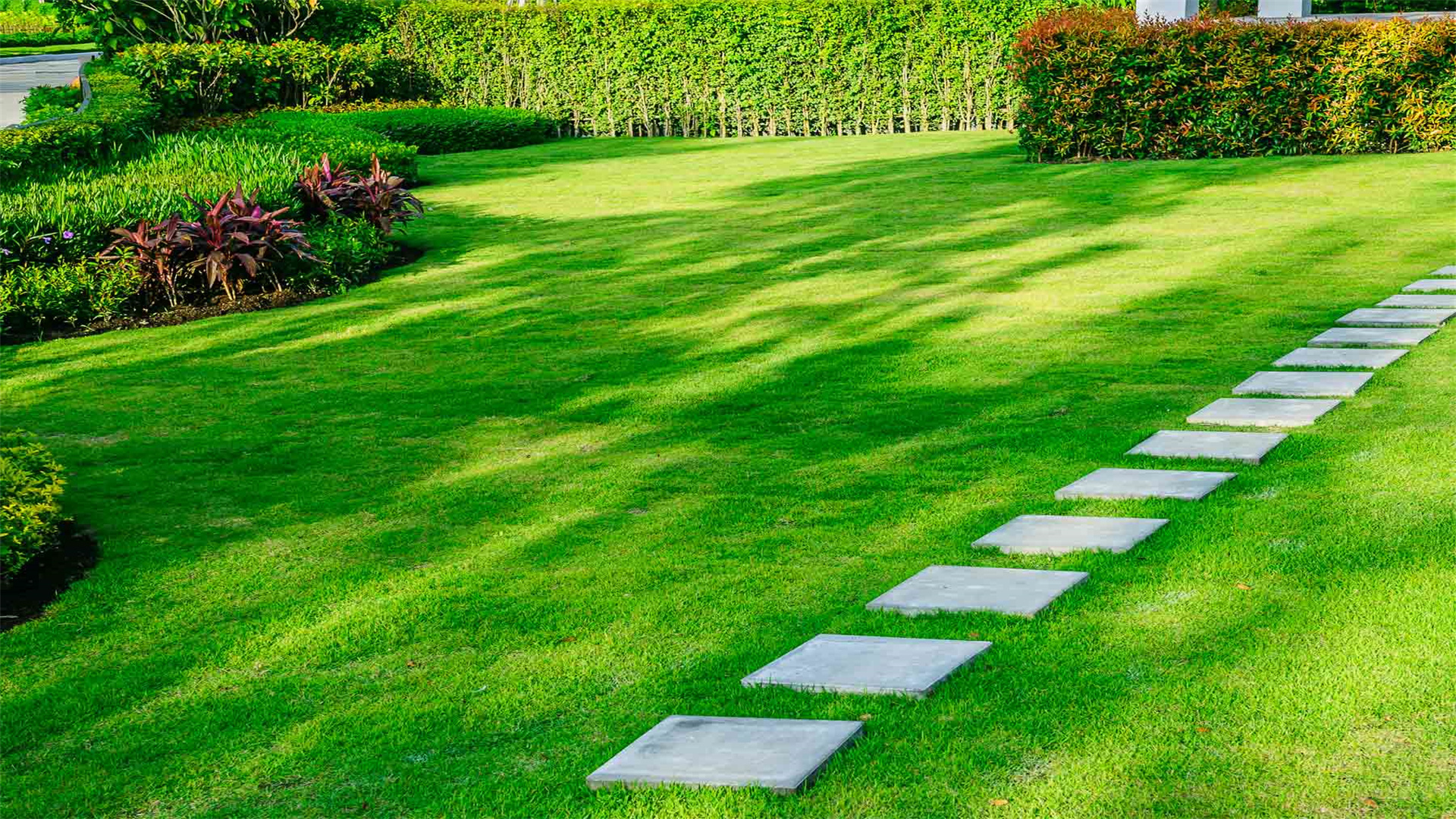
5. Maintain an Ideal Grass Height for Health
The height of your grass plays a crucial role in both the appearance and health of your lawn. Ideal grass height varies depending on the grass species, but generally, the sweet spot for most turf types is between 2.5 to 4 cm. Keeping the grass at this height ensures that it has enough foliage to photosynthesize effectively, providing it with the nutrients it needs to thrive.
For high-traffic areas, such as walkways, driveways, or play zones, let the grass grow a bit taller—4 to 5 cm. The added length will help the grass withstand heavy foot traffic and recover faster. In shady areas, where sunlight is limited, allow the grass to grow taller—up to 7 to 8 cm—to help retain moisture and prevent the soil from drying out too quickly.
If your grass is too short, it can’t develop a healthy root system, and you risk exposing the soil, making it more susceptible to weeds and erosion. A healthy balance of grass height will encourage deeper roots and a more resilient lawn.
6. Adjust Your Mowing Schedule Based on the Season
Grass grows at different rates throughout the year, so your mowing schedule should adapt to seasonal changes. In early spring, when grass is just starting to grow and the temperatures are still cool, mowing every two weeks is generally enough. As temperatures rise and growth accelerates in late spring and summer, you may need to mow once a week to keep your lawn neat and healthy. If you wait too long between mowings during peak growth, you risk violating the One-Third Rule and end up with overgrown grass.
In fall and winter, when grass growth slows, you can reduce mowing to once every three weeks or as needed. During these cooler months, grass won’t grow as quickly, but regular mowing will help maintain its health and appearance.

7. Choose the Best Time of Day to Mow
The best time to mow your lawn is when the temperature is cooler. Mowing during the hottest part of the day can put stress on your grass and damage the blades. Grass blades are more susceptible to dehydration and heat stress when cut under direct sunlight, especially during the peak heat of midday.
Instead, aim to mow your lawn either early in the morning or late in the evening when the temperatures are cooler. Early morning mowing ensures the grass isn’t stressed from the midday sun, while evening mowing allows the lawn time to recover overnight before the heat of the next day. This timing not only improves the quality of your mow but also reduces the risk of burning the grass and stressing it out.
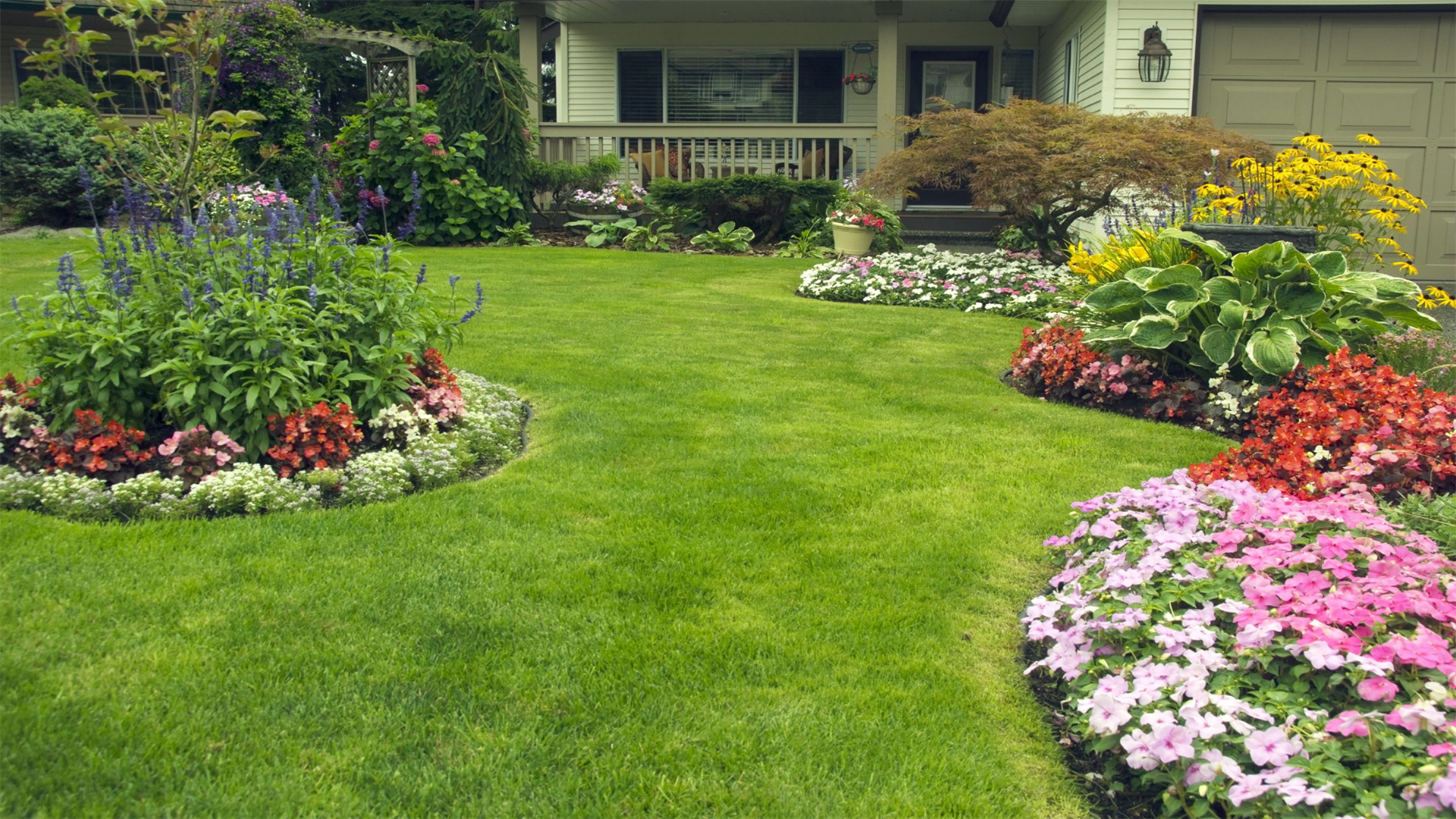
8. Trim the Edges First for a Cleaner Look
Before you mow the rest of your lawn, take the time to trim the edges around flower beds, walkways, and fences. Using a string trimmer or lawn edger to define your lawn’s boundaries creates a sharp, clean line. It also prevents the mower from damaging the edges and ensures the entire lawn is evenly mowed. Edging also improves the overall look of your lawn, giving it a more polished and manicured appearance.
Starting with the edges first ensures that you won’t miss any spots along the borders, making your entire lawn look tidy and well-maintained. After edging, you can mow the center for a more efficient and effective result.
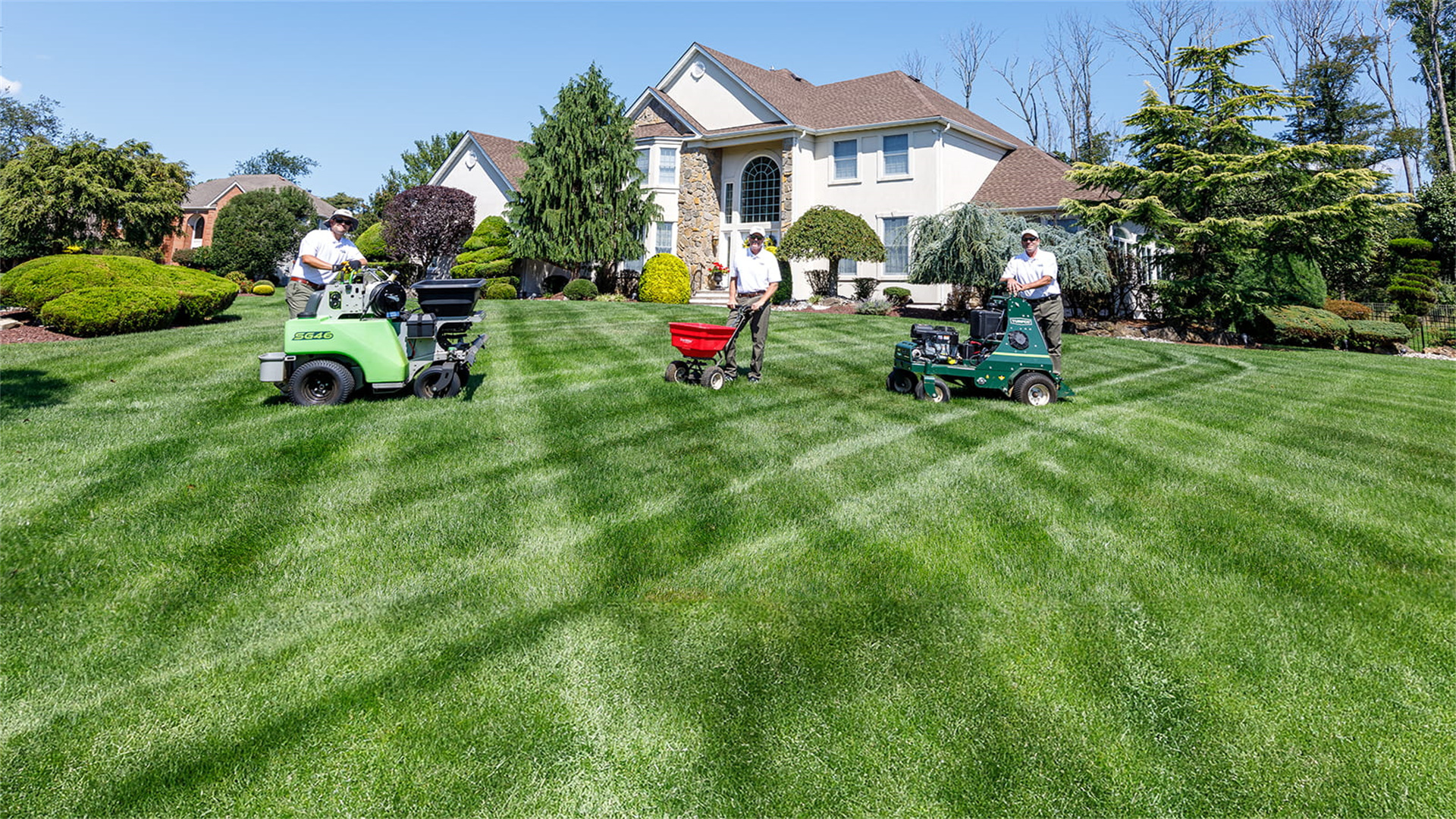
9. Vary Your Mowing Pattern for Healthier Grass
Changing the direction in which you mow each time is a simple but effective way to promote healthier grass growth. Mowing in the same pattern repeatedly can lead to soil compaction and create grooves or tire tracks in the lawn. Alternating your mowing direction helps avoid these issues and allows the grass to grow upright instead of in one direction.
For example, mow in straight lines one week, and then alternate by mowing in diagonal or circular patterns the next time. This will encourage more even grass growth and reduce the formation of patterns or ruts caused by repeated mowing in the same direction.
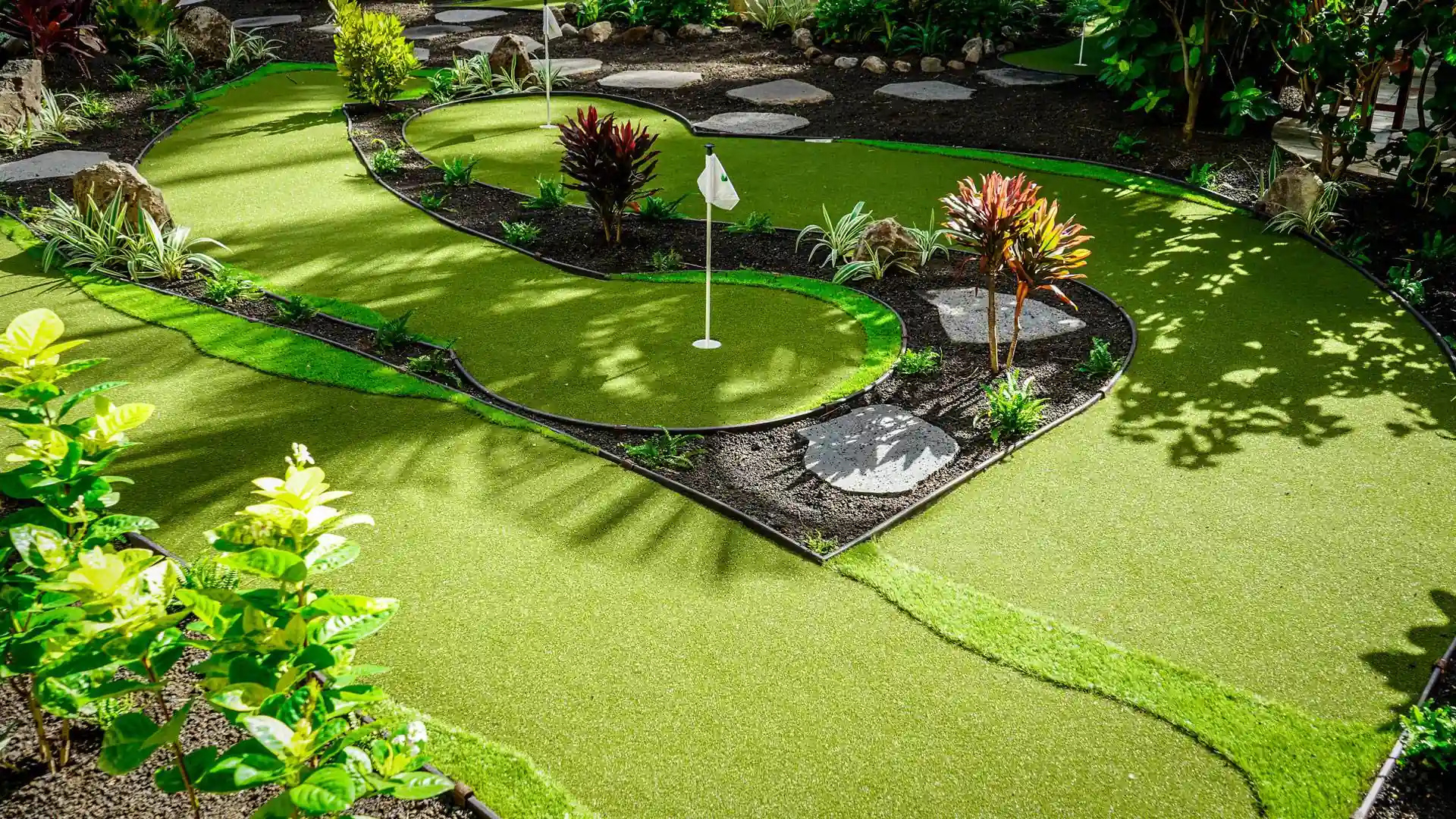
10. Avoid Mowing Newly Seeded Areas
Newly seeded areas need time to establish a strong root system before being mowed. It’s best to wait until the grass has reached a height of at least 4 cm before mowing newly seeded patches. Mowing too early can stress the delicate seedlings, preventing them from developing fully and potentially leading to patchy growth.
Allowing the grass to establish itself before mowing ensures that the roots are strong and the grass can withstand the stress of mowing. If you’re unsure whether the grass is ready for mowing, gently tug on a few blades—if they resist, the roots are likely established enough to handle mowing.

11. Leave Grass Clippings to Naturally Fertilize the Lawn
Instead of bagging and disposing of grass clippings, consider leaving them on the lawn after mowing. This practice, known as grasscycling, allows the clippings to decompose naturally and return valuable nutrients—particularly nitrogen—back into the soil. As the clippings break down, they act as a natural fertilizer, helping your lawn stay green and healthy with less reliance on chemical products.
Grasscycling also helps improve soil moisture retention and reduces the amount of yard waste you need to manage. Just make sure your mower blades are sharp and you’re following the One-Third Rule; shorter clippings decompose quickly and won’t create thatch buildup or smother the grass.
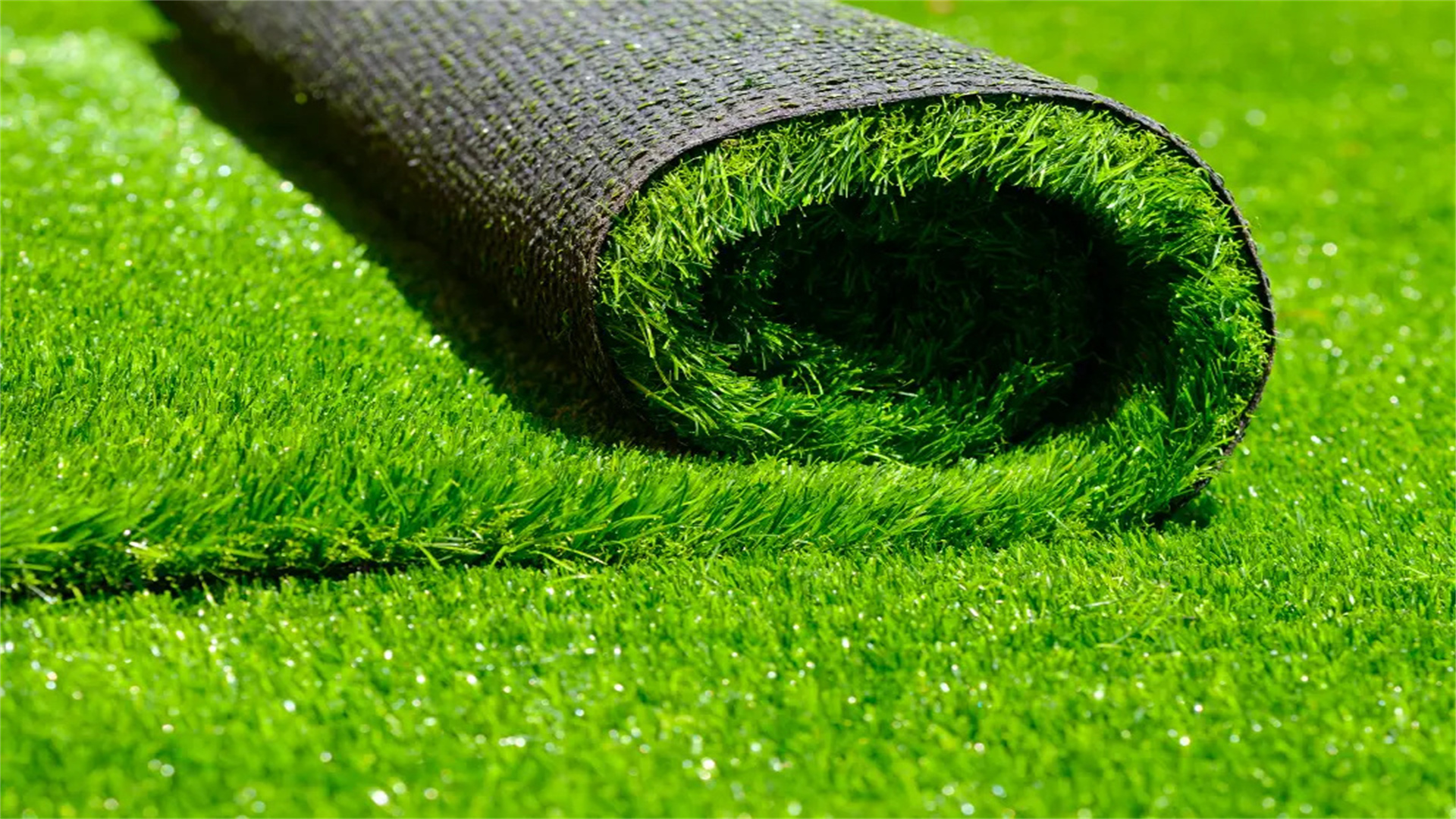
12. Keep Safety a Priority While Mowing
Although mowing may seem like a simple task, it’s important to prioritize safety to avoid accidents or injuries. Always wear appropriate footwear with good traction and avoid mowing in sandals or barefoot. Protective eyewear is also recommended, as rocks, twigs, or debris can be thrown by the mower blades.
Before starting, inspect your lawn and remove any objects like branches, toys, or stones that could damage the mower or cause flying debris. If you’re using a self-propelled or ride-on mower, operate it on slopes with caution, mowing across the slope rather than up and down to prevent slipping or tipping. By following basic safety guidelines, you’ll protect yourself and ensure a smooth, stress-free mowing experience.




